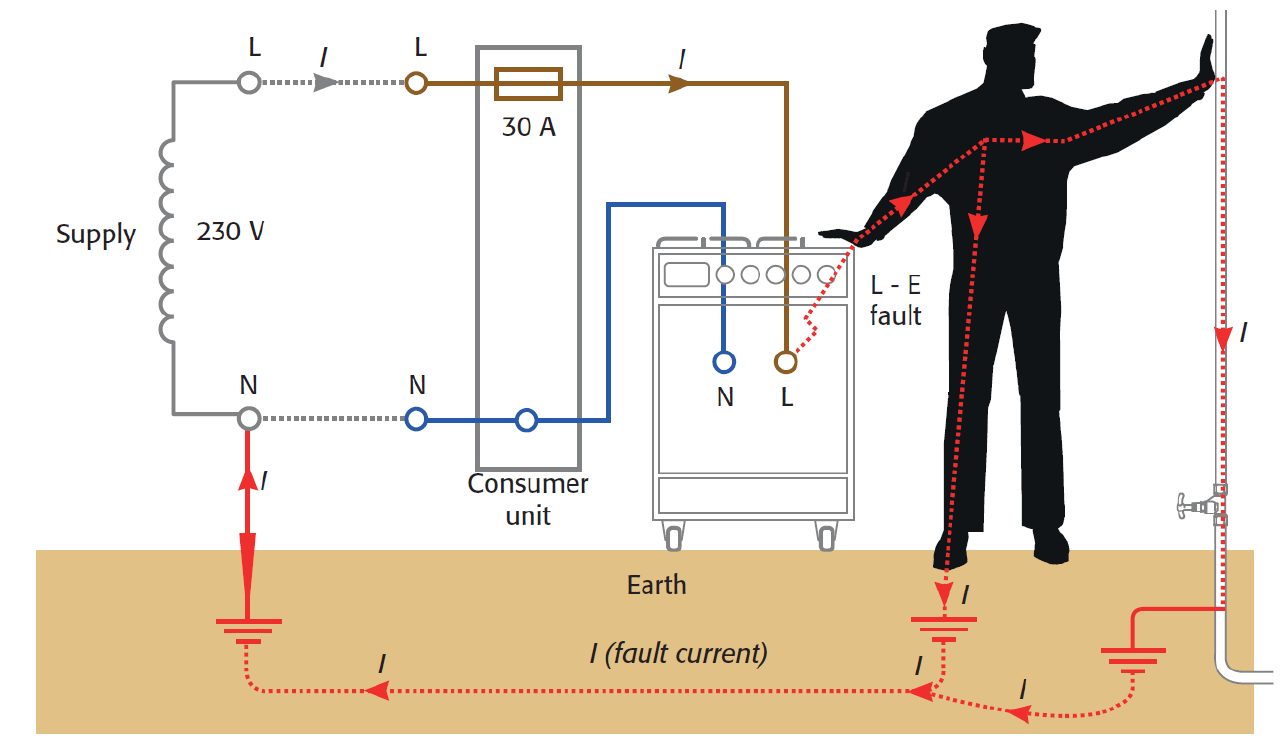Technical Bulletin 118 - Safe Electrical Isolation of Gas Appliances
Find your course today
This technical bulletin describes the best method to prove that an appliance is disconnected from the electricity supply before working on it. It starts out by stating the dangers and implications on the human body if it receives a passage of current through it, better known as an electric shock.
Due to a number of fatalities, is has become best practice to use a “volt stick” before touching appliances and pipework to ensure voltage is not present.
A circuit breaker should be isolated by a padlock or, if a fused spur, then this should be removed and retained by the person carrying out the work. Warning notices should then be used to warn others of the work.
An approved voltage indicator is then required to prove the equipment is dead. The HSE recommends that a multi meter is not used for proving dead. A test lamp or a two-pole voltage detector should be used.
The stages of safe isolation are:
- Isolate the equipment (remove fuse)
- Test the voltage indicator on a live supply or proving unit
- Using the proven voltage indicator, check there are no dangerous voltages present between
– Earth and line (live)
– Neutral and line
– Earth and Neutral - Reprove the voltage indicator on a known source to ensure the voltage indicator is functioning correctly







